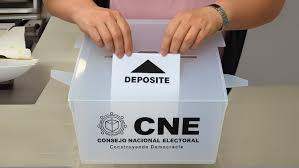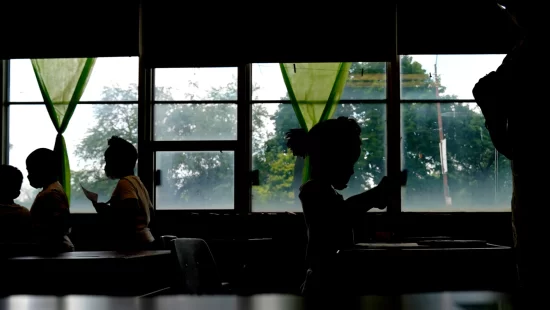In Pleasantville white characters are depicted as both the enforcers of racial prejudice and, paradoxically, its victims. The “colored” characters become targets of harassment and violence.
Stephen Miller grew up in Santa Monica, the son of a wealthy Jewish family. From a very young age, he was outspoken about his dislike of non-white people. He wrote about it, distanced himself from Latino friends, and complained about the presence of immigrants in the country.
So it’s no surprise what Miller said a few days ago. He retreated into fiction and painted a picture of a Los Angeles without immigrants. He clearly hadn’t seen Sergio Arau’s film A Day Without a Mexican, which tells a very different story.
Miller answered the following question on Fox News:
“What would Los Angeles look like without illegal aliens?”
“Here’s what it would look like: You’d be able to see a doctor in the ER right away — no wait, no problems. Your kids would go to public schools that have more money than they know what to do with. Class sizes would be cut in half. Students with special needs would get all the attention they need… There would be no fentanyl, no drug deaths.”
Miller paints a world similar to the one in the movie Pleasantville, where a black-and-white reality with no diversity is portrayed as an ideal.
In that film, white characters are depicted as both the enforcers of racial prejudice and, paradoxically, its victims. The “colored” characters become targets of harassment and violence. Once the illusion of inherent meaning is stripped away, the film tries to show that only a pluralistic, secular, and individualistic society can truly thrive. The central message of Pleasantville is that meaning comes from the reality you create for yourself.
Miller’s fight is not really about economics — it’s about the color of your skin. He wants a whiter country, free of immigrants, living in a world where “perfection” is defined in black and white terms.
As a student, he wrote in the school newspaper:
“When I entered Santa Monica High School in ninth grade, I noticed a number of students lacked basic English skills,” Miller wrote on the Surfsantamonica site. “There are usually very few, if any, Hispanic students in my honors classes, despite the large number of Hispanic students that attend our school.”
Now 39, Miller may well have been the true driving force behind the volatile events that played out for days in the city where he was born.
At a recent meeting at ICE headquarters in Washington, Miller reportedly instructed agents to abandon their usual method of compiling lists of suspected undocumented immigrants. Instead, he ordered raids at Home Depot — where day laborers often gather — and at 7-Eleven stores, targeting large-scale arrests, according to The Wall Street Journal.
With Los Angeles shaken by confrontations between pro-immigrant protesters and military units deployed by Donald Trump, few figures have loomed larger than Stephen Miller — apart from the president himself, wrote The Guardian.
Although Trump faced the direct accusations of authoritarianism for overriding California’s authority and sending 4,000 National Guard troops and 700 active-duty Marines into the city — home to more undocumented immigrants than anywhere else in the U.S. — it was, behind the scenes, the peak of Miller’s influence.
But Miller has chosen the wrong city, and the wrong country. In America’s largest cities, you see a mosaic of colors, cultures, and languages. That’s what the United States truly is.
Someday, Miller may wake up and find that the black-and-white world he dreamed of has been overtaken by color — a world where people of all races, backgrounds, and social classes coexist.
Maybe, in that moment, he’ll choose to flee.
But where would he go?








